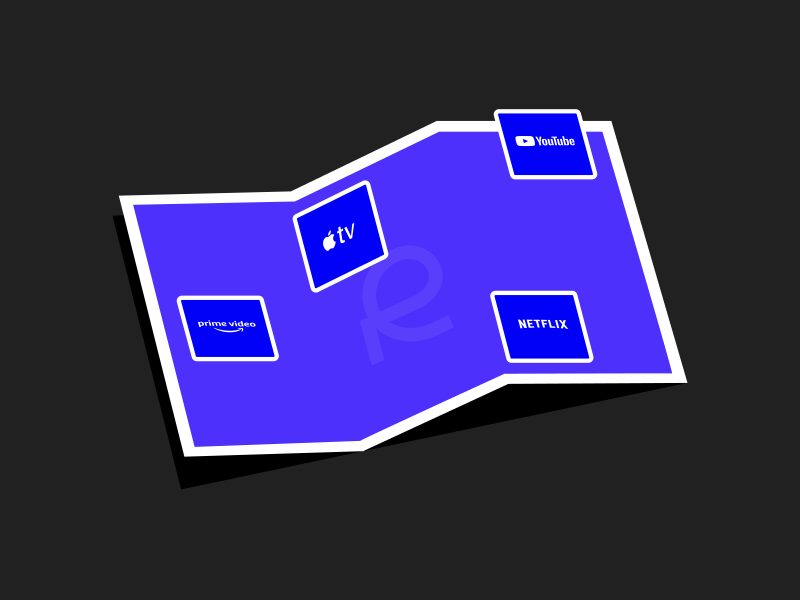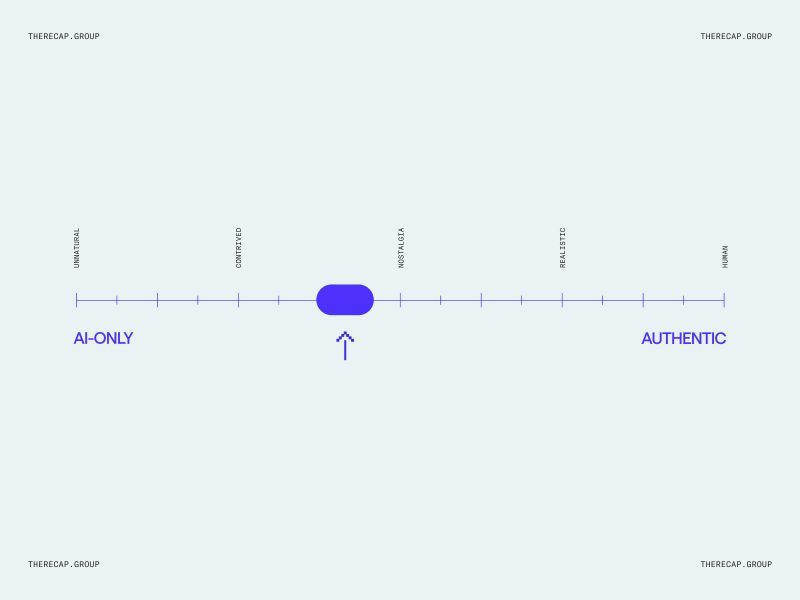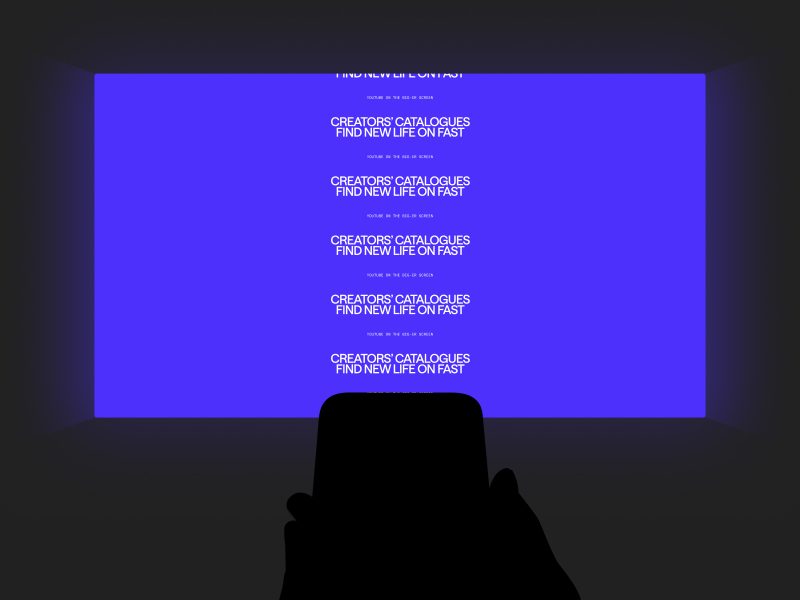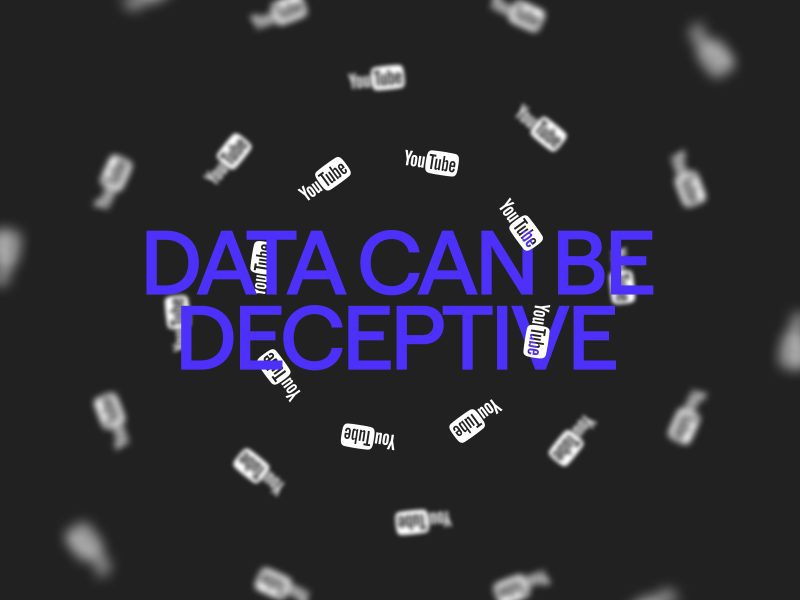Real-Time Programmatic Advertisement Buying Hits Satellite TV: What Media Companies Need to Know

DIRECTV Advertising has announced that advertisers can now purchase ads on its satellite TV content programmatically in real time.
06.11.2025
This means advertisers can adjust bids dynamically based on real-time viewership spikes, bringing a historically rigid medium closer to the flexibility of Connected TV and social media advertising.
The rollout will apply to high-profile programming on channels like ESPN, MLB Network, FS1, and the Tennis Channel. These are content areas where viewership can fluctuate dramatically and advertisers will now be able to capitalize on those moments instantly. According to Ken Ripley, VP of Growth & Marketing at DIRECTV Advertising:
Looking at DIRECTV traffic on the Magnite platform, we’ve seen viewership spike by as much as 10x during live tentpole events, leading about half of media buyers to double their bids.
Ken Ripley, VP of Growth & Marketing at DIRECTV
This shift is a strategic effort to bring linear satellite TV closer in line with the flexibility of connected TV (CTV) and social media advertising. In an ecosystem where 72% of marketers plan to increase their programmatic investment in 2025 – and 46% intend to reduce their linear TV budgets in favor of CTV (*insert link to comScore source*) – the move aims to keep satellite television relevant in modern media plans.
For media companies, this development presents both opportunity and disruption. On the one hand, increased advertiser interest in real-time bidding could boost revenues for programming that reliably drives viewership spikes. Initially focused on sports, this capability could expand to other high-engagement content like live news, awards shows, or reality programming with viral potential. Media companies with strong live content may find themselves in a stronger negotiating position with linear distributors and advertisers alike.
However, this model also introduces a layer of unpredictability. If advertiser spend starts to skew heavily toward “spike moments,” it may concentrate dollars around tentpole events at the expense of other programming. Media companies may need to reevaluate how they package and price content for licensing, particularly if programmatic demand begins to influence perceived value.
It’s important to note that DIRECTV isn’t alone in this space. DISH and Charter have made similar announcements; DISH in May 2023 for private auctions on internet-connected set-top boxes, and Charter in June 2024 via their app-based delivery.
Looking forward, media companies should closely monitor how this technology performs during major events. If real-time programmatic advertising proves effective, it could influence content strategies, marketing approaches, and even production priorities. Programs with high potential for unpredictable spikes, like surprise guest appearances or viral news coverage, might gain an outsized role in the revenue equation.
Ultimately, DIRECTV’s move signifies a potential new chapter for linear TV: one that integrates the precision and responsiveness of digital media while retaining the reach and reliability of broadcast. For media companies navigating this shift, the key will be understanding how programmatic demand intersects with content value, and leveraging that insight to maximize both audience and revenue.
Sources: comscore.com streamingmedia.com



